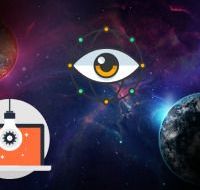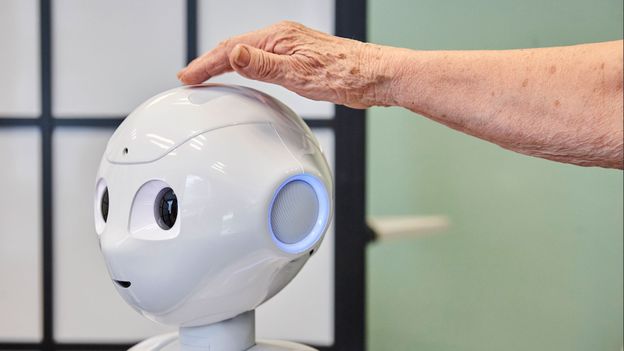Nov 8, 2020
Astronomers Discover New Way to “See” Elusive Dark Matter Halos
Posted by Genevieve Klien in category: space
A small team of astronomers have found a new way to ‘see’ the elusive dark matter halos that surround galaxies, with a new technique 10 times more precise than the previous-best method. The work is published in Monthly Notices of the Royal Astronomical Society.
Scientists currently estimate that up to 85% of the mass in the universe is effectively invisible. This ‘dark matter’ cannot be observed directly, because it does not interact with light in the same way as the ordinary matter that makes up stars, planets, and life on Earth.
So how do we measure what cannot be seen? The key is to measure the effect of gravity that the dark matter produces.


















